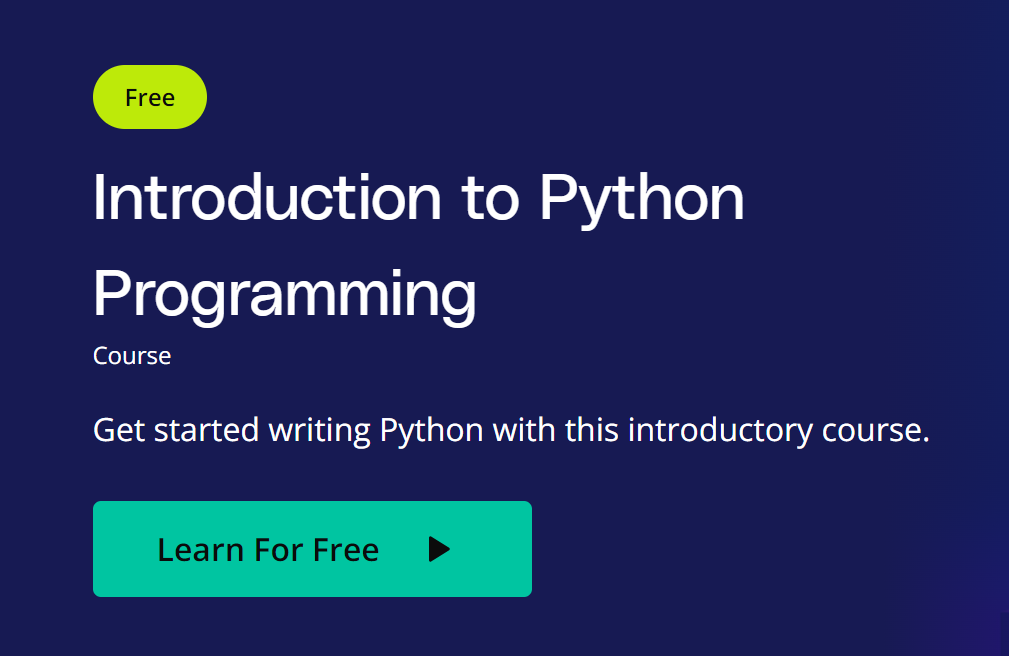
Understanding Deep Learning (PDF Book)

Python Coding November 12, 2023 Books No comments

Python Coding November 12, 2023 Books No comments

Python Coding November 11, 2023 Python No comments
Python Coding November 11, 2023 Projects No comments

Python Coding November 11, 2023 Python No comments
.png)
Python Coding November 11, 2023 Books No comments

Python Coding November 11, 2023 Course, Python No comments

Python Coding November 11, 2023 Python No comments

Python Coding November 10, 2023 Python No comments

Python Coding November 10, 2023 Course, Python No comments
s.PNG)
Python Coding November 09, 2023 Course No comments

Python Coding November 09, 2023 Python No comments
.png)
Python Coding November 08, 2023 Python No comments

Python Coding November 07, 2023 Python No comments
.png)
Python Coding November 07, 2023 Python No comments

Python Coding November 07, 2023 Course, MICHIGAN No comments

Python Coding November 07, 2023 Python No comments

Python Coding November 06, 2023 Python No comments
Python Coding November 06, 2023 Books, Python No comments

Python Coding November 06, 2023 Course, Python No comments

Python Coding November 05, 2023 Python No comments
.png)
Python Coding November 05, 2023 Course, Python No comments

Python Coding November 04, 2023 Python No comments
.png)
Python Coding November 04, 2023 Python No comments
Python Coding November 04, 2023 Python No comments

Python Coding November 04, 2023 C, C++ No comments

Python Coding November 03, 2023 Python No comments
.png)
Python Coding November 03, 2023 Python No comments
Python Coding November 03, 2023 Books No comments

Python Coding November 03, 2023 Google, Python No comments

Python Coding November 03, 2023 Course, Projects No comments

Python Coding November 03, 2023 Python No comments

Python Coding November 03, 2023 Course, Data Science No comments

Python Coding November 02, 2023 Python No comments
.png)
Python Coding November 01, 2023 Python No comments
.png)
Python Coding November 01, 2023 Python No comments

Python Coding November 01, 2023 Python No comments

Free Books Python Programming for Beginnershttps://t.co/uzyTwE2B9O
— Python Coding (@clcoding) September 11, 2023
Top 10 Python Data Science book
— Python Coding (@clcoding) July 9, 2023
🧵:
Top 4 free Mathematics course for Data Science ! pic.twitter.com/s5qYPLm2lY
— Python Coding (@clcoding) April 26, 2024
Web Development using Python
— Python Coding (@clcoding) December 2, 2023
🧵: